|
“‘Getting Up Cows,’ that’s what it’s called, ‘Getting Up Cows,” William Adams said. “An old fella played that. He was a cracker-jack old fiddler, though, I don’t believe he could beat me….” Mike Seeger hadn’t come to the neighborhood to record Adams initially, but now he wanted to hear any tune the Black fiddler could remember, even if he forgot it halfway through or couldn’t remember the name. “I forget how that goes, though, I haven’t played that since a long time ago,” the 72 year-old Adams continued before he put the bow on the fiddle’s strings and hesitantly pulled the tune from deep in his memory. In the end, it sounded like he might have just last played it a week or a year ago, not some 20-odd years earlier.
This field recording wasn’t taken in some rural hamlet or deep holler, it was less than five miles from Seeger’s home in the well-to-do suburb of Chevy Chase outside Washington, D.C. And yet in 1953, when Seeger stepped into Adams’s neighborhood of KenGar, segregation left this community so separate from the white towns and neighborhoods surrounding it, a white person might drive by without even knowing it was there.
8 Comments
Friday the 13th has enough scary stuff, so here are some cute photos of kids celebrating Halloween festivities! This whole post was inspired by this one photo, from the Upshur County Historical Society in Buckhannon, West Virginia. In a collection of thousands of glass plate negatives, this gem appeared. The photographer Fred Brooks was a naturalist working for the U.S. Department of Agriculture, so many of the photos in the collection are of diseased trees or insects. But since he had the camera, he also took photos of his children (like this one) and the travels he took around the United States. (I'm pretty sure this is his daughter Dorothy and the photo is from 1920-22.)
You never know what you'll find in a box.
Midwife Problems, and Solutions, Part 2This is part 2 of a series on the history of midwifery in the U.S. and Sweden. Click here to read part 1.
In Baltimore city, over 150 midwives delivered over 4,000 babies a year, and in every city and town in the U.S., you could find a woman delivering a baby, calling herself a midwife. But just like there were no regulations for doctors, there were no regulations for midwives. Why didn't the U.S. regulate the medical profession? And what did that mean for the health and safety of babies and mothers?
Belair Aug 25th 1864 Today, Maryland is thought of as the Mid-Atlantic, with barely any relationship to the south. But the fact is that the state is south of the Mason-Dixon line, and before Washington, D.C. brought transplants from all over the United States, I've seen references to suburbs like Kensington and Silver Spring as being "sleepy southern towns." More importantly in the context of today, Maryland Emancipation Day, this was a slave-holding state, a fact that many people seem to forget when talking about Frederick Douglass, a fierce abolitionist who was enslaved and worked in the Inner Harbor of Baltimore City, or Harriet Tubman, a heroic Underground Railroad worker born on the Eastern Shore of Maryland. During the Civil War, the state also had many southern sympathizers, including the man who shot Lincoln, John Wilkes Booth (like Annie Davis, a resident of Bel Air, Maryland). "Slave Statistics," a record of the enslaved people in Maryland and their owners at the time of emancipation exists for some counties in Maryland, but not for Harford. I haven't been able to find anything else about Annie Davis in a brief search. I want to thank Mr. C.R. Gibbs and the Reginald F. Museum of Maryland African American History and Culture for the Maryland Emancipation Day Lecture, where Mr. Gibbs shared this powerful letter.
Friday is Women's Equality Day, and given Hillary's nomination, now seems about as good a time as any to see some images from the women's suffrage movement.
Everyone is in place, waiting. Money and honor are on the line. The gate comes up. Bang! They're off! They are crabs; Chesapeake blue crabs to be specific. A crab race? Really? Yes.
In 1947, the town of Crisfield decided to host a hard crab race outside of their post office as part of a summer Fishing Fair, highlighting their seafood bounty. In Maryland, summer is synonymous with eating blue crabs out on a deck by the water, and Crisfield, located on Eastern Shore between the Chesapeake Bay and the Atlantic Ocean, is a town that revolves around watermen and fishing culture. I came across these great clips from WMAR-TV's coverage of the 6th annual crab race via the University of Baltimore's archives, which got me to look into the history of the event a little more. Peace activist and priest Daniel Berrigan passed away this past week at the age of 94.He came into my consciousness as a member of the Catonsville Nine, burning draft cards with homemade Napalm in Catonsville, Maryland in 1968. I wrote a piece for UMBC Magazine on the documentary Hit & Stay by Joe Tropea and Skizz Cyzyk in 2013 (Joe and I are both UMBC grads, and UMBC is in Catonsville) -- check them both out.
At this year's 19th Century Banjo Gathering (Banjo Collector's Gathering), Pete Ross and I presented on Levi Brown.
Our research uncovered that there was much more to Brown's life than just making banjos, which make sense when you know a little bit about existing Minstrel-Era banjos.
If you know the name John T. Ford at all, it's probably because he was the owner of Ford's New Theater, "which acquired such unenviable notoriety as the scene of the assassination of President Lincoln," as one of his obituaries pointed out. John Ford's life was much bigger than that one night in April 150 years ago.
|
Come in, the stacks are open.Away from prying eyes, damaging light, and pilfering hands, the most special collections are kept in closed stacks. You need an appointment to view the objects, letters, and books that open a door to the past. Archives
April 2023
Categories
All
|
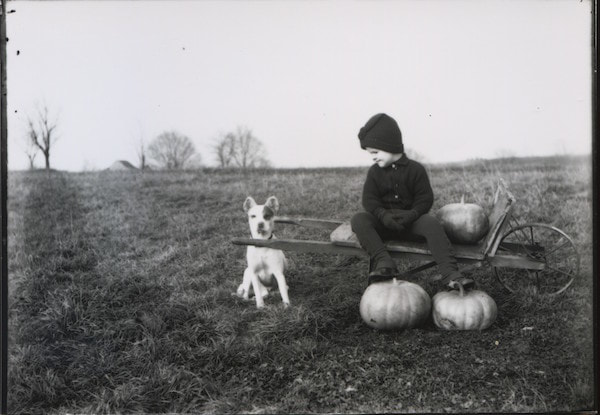
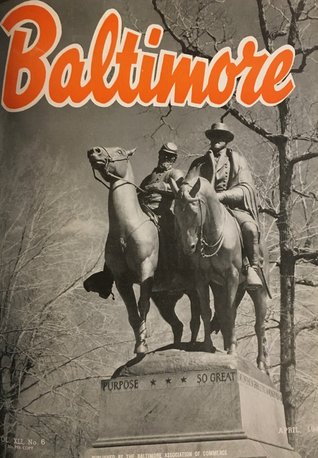
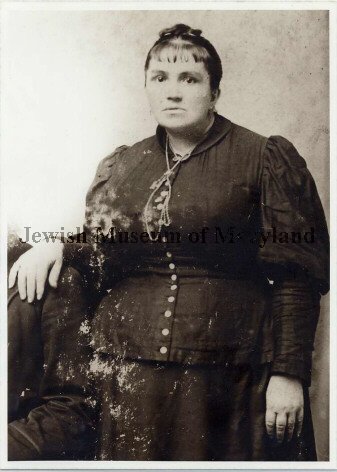
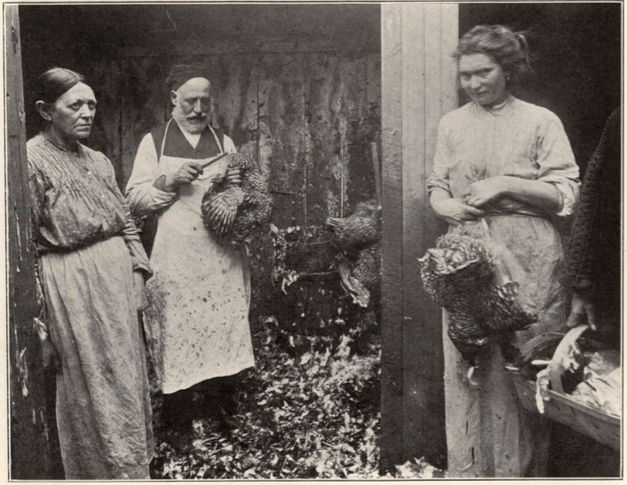
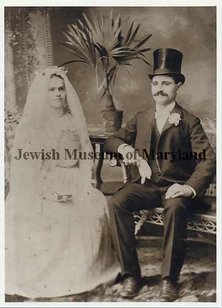
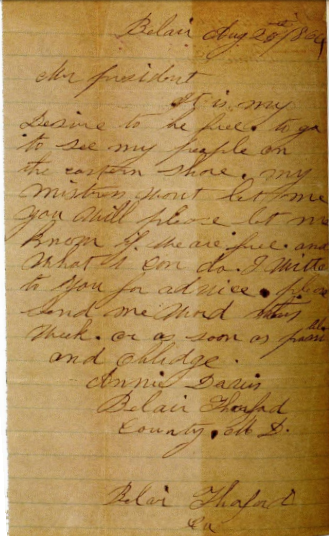
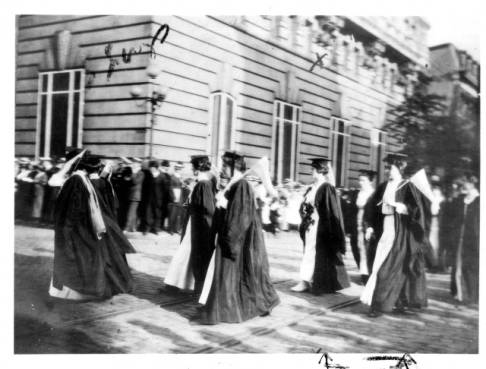
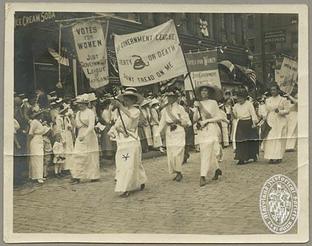
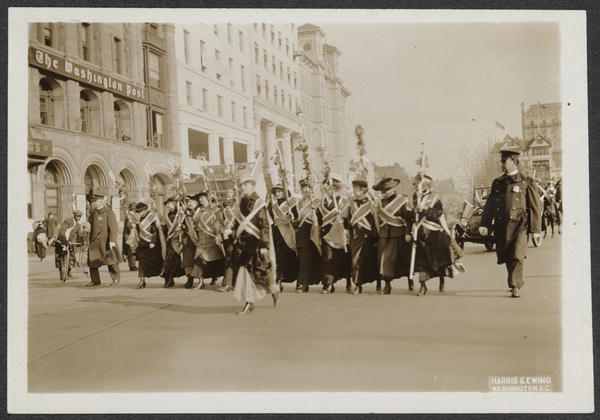
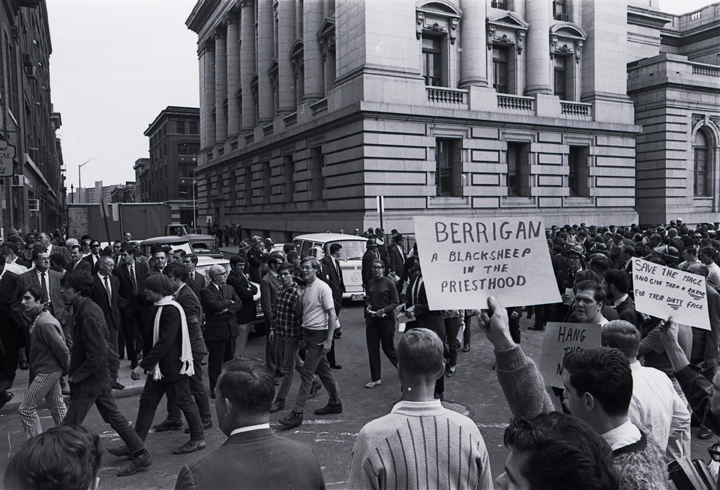
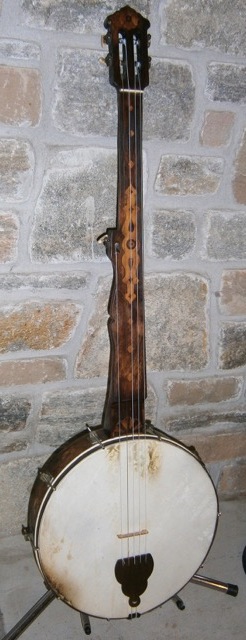
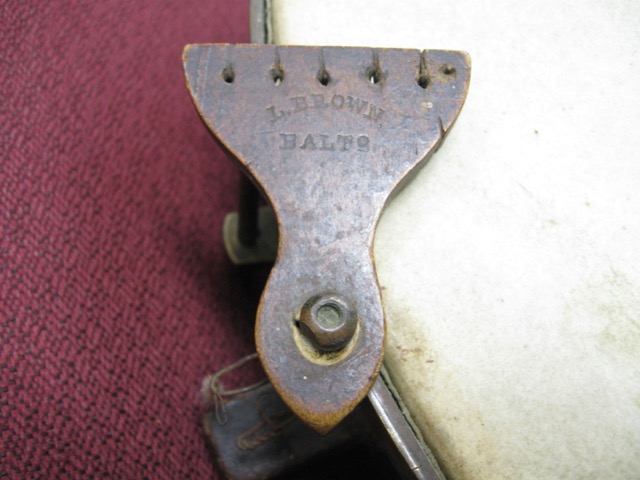
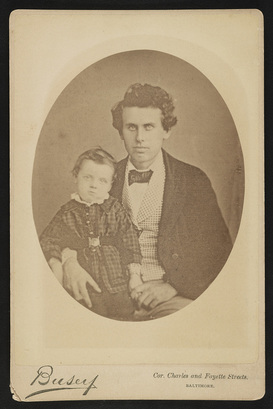
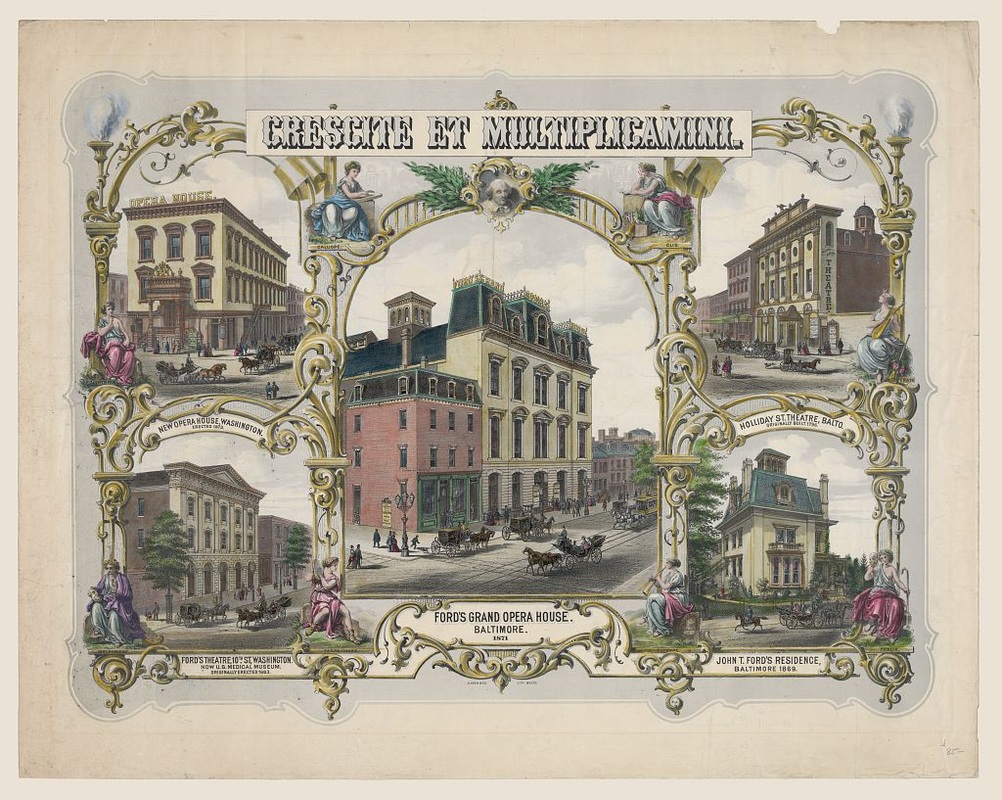

 RSS Feed
RSS Feed